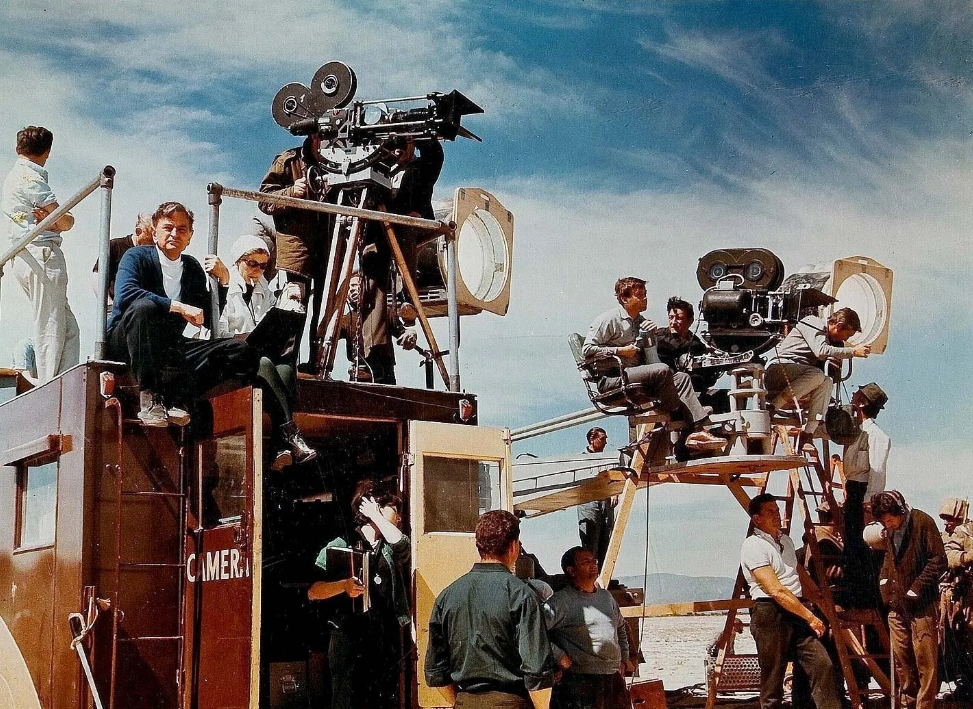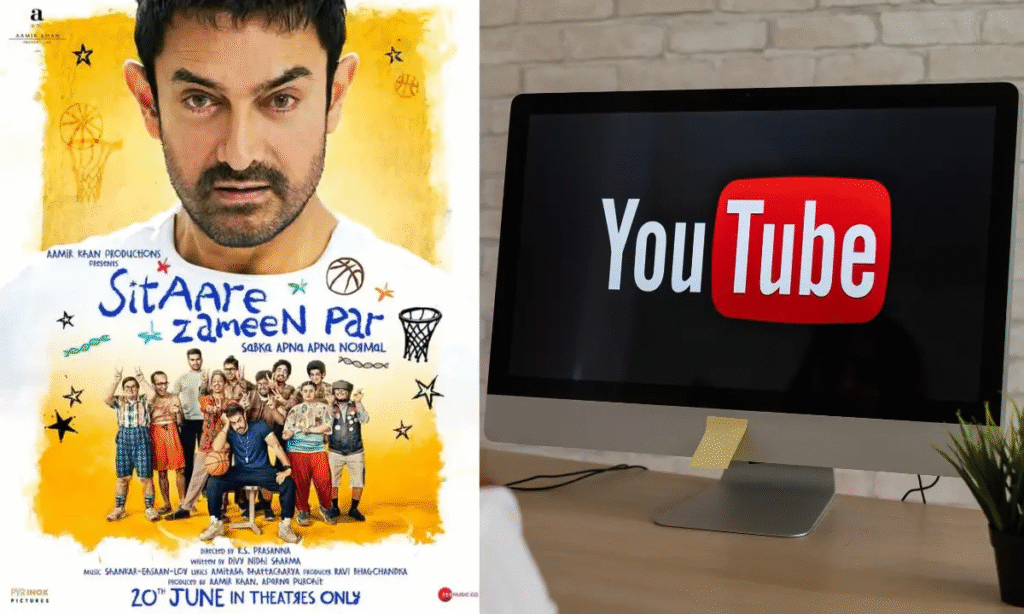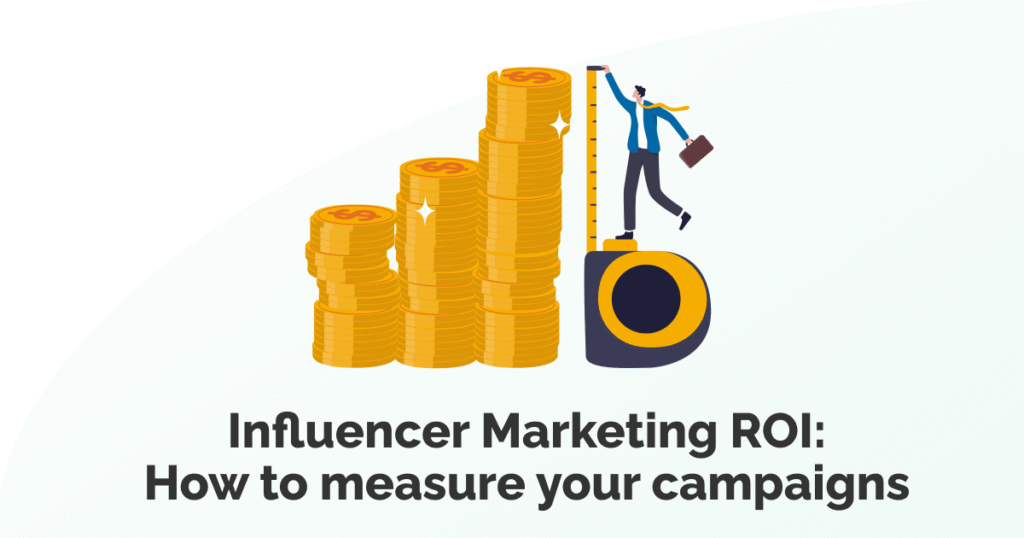Hello guys, with nearly a decade of experience in film production. Today, we will talk about 10 things no one tells you while making a movie.
We would like to brief you guys on what happens before and after the shooting of an Ad film, all the possible details you might not get from the internet, but before that, do you know that Third Eye Blind Productions is one of the first ad film agencies in the whole of Mumbai? We have collaborated with giants like T-Series and MX Takatak. We are the best ad film agency in Mumbai. If you are looking for an experienced agency, then make sure you connect with us right now!
Before that, let us first understand the complete process of ad-film production, from start to end, and how film production companies work.
How Do Film Production Companies Work?
Film production companies are the engine that drives the filmmaking process from concept to completion. Their role goes far beyond just “producing” a film. Here’s how they function:
- Development: The company sources or creates story ideas, commissions scripts, and acquires intellectual property rights. This is where concepts are born and refined.
- Financing: Film production companies secure the funding, whether through investors, studios, grants, or partnerships, to turn ideas into tangible projects.
- Pre-Production: Once a project is greenlit, the company organizes logistics: hiring crew, casting talent, managing legal paperwork, and planning the production schedule.
- Production Oversight: During the shoot, they ensure that everything stays on time and within budget. They supervise dailies, handle any on-set crises, and maintain workflow efficiency.
- Post-Production: From editing to visual effects, the company monitors all post processes until the film is ready for release.
- Distribution & Marketing: Finally, they either partner with distributors or self-distribute to get the film into theatres, OTT platforms, or festivals. Many also manage marketing campaigns and promotional tours.
1. Pre-Production Is Where the Real Magic Happens

While most assume that the excitement of film production lies on set with the cameras rolling, pre-production is where the foundation is truly built. It’s not just about scripting and casting—it’s about ironing out every logistical wrinkle imaginable. From budgeting, scheduling, equipment rentals, insurance policies, permits, and location scouting, every second saved on set is bought during pre-production.
Teams spend weeks or months in spreadsheets and storyboards before a single frame is shot. Ignoring this phase can cost the entire production dearly, both in time and in money.
2. Every Second on Set Costs Money—Lots of It

Film sets are not cheap playgrounds. Whether you’re producing an indie short or a blockbuster feature, each minute is monetized. Equipment rentals, crew salaries, catering, transportation, insurance—even overtime for a lighting assistant—add up fast.
That’s why tight call sheets, shot lists, and production timelines are sacred. A single delay—say, a lens not working or an actor showing up late—can cause a domino effect across departments. Efficiency is the currency of successful productions.
3. Weather Can Wreck Your Schedule and Budget

Despite having access to forecasts and satellite imagery, weather remains one of the biggest uncontrollable factors in film production. Rain, wind, or even too much sunlight can derail a carefully planned shoot day.
Productions often spend more money preparing for weather contingencies than on anything else. Backup locations, rescheduling plans, and tent rentals are silent budget killers that rarely make it to public discussions.
“If you also feel that nowday’s advertisements are being more entertaining than big-budget movies, then make sure you read this blog→ Why Are Popular Movies Struggling While Advertisements Are Winning Audience Attention?
4. Permits and Permissions Are a Full-Time Job

Filming in public or private locations requires layers of paperwork and approvals. From city filming permits, fire safety clearance, to neighbourhood agreements—getting the green light to shoot legally is a time-consuming endeavour.
Most producers hire dedicated location managers or legal consultants just to navigate the bureaucratic maze. Skipping this step can lead to hefty fines, shutdowns, or worse—legal action.
5. The Crew Is the Backbone of Every Project

While directors and actors receive the spotlight, the crew makes the production run like a well-oiled machine. Gaffers, grips, camera assistants, line producers, art directors, sound technicians—they bring the director’s vision to life.
Each crew member specializes in an aspect that, if neglected, can compromise the film’s quality. Appreciating and investing in your crew’s welfare directly impacts the production’s outcome.
6. Post-Production Can Be Longer Than Shooting

Editing, colour grading, sound mixing, foley, CGI, subtitles, ADR (automated dialogue replacement)—these post-production tasks can take months. In fact, in high-end productions, post is sometimes budgeted to take up twice the time and money of actual shooting.
Filmmakers often underestimate the emotional and creative drain of this phase. Decision fatigue is real, and a small change in edit can create a ripple effect across the timeline.
“Do you want to know what the future looks like for the film-making sector because of AI? Then make sure you read the full blog here→The Role of AI in Film Making
7. Sound Is Half the Experience—Yet Often Ignored

Visuals may grab attention, but sound builds immersion. Bad sound quality—echoes, inconsistent levels, poor foley—can instantly devalue a high-budget film.
Professionals often joke: “You can fix bad video, but you can’t fix bad audio.” Investing in experienced sound designers, boom operators, and mixers is non-negotiable for a polished final product.
8. Continuity Errors Happen More Often Than You Think

Despite having script supervisors and meticulous planning, continuity errors are inevitable. A prop moved slightly, a character’s outfit changes mid-scene, or a glass refills magically—these are subtle mistakes that can break immersion.
Audiences may not always consciously notice, but subconsciously, continuity errors distract and pull them out of the story. The only way to minimize them is obsessive attention to detail and clear communication across departments.
9. Test Screenings Can Change the Entire Film

Once a rough cut is ready, test screenings are a powerful feedback tool. Studios and producers often rely on this data to gauge audience reactions, leading to significant changes in plot, pacing, or even the ending.
Reshoots are not uncommon after test screenings. What may have seemed brilliant in the editing suite may fall flat in a crowded theatre. This can force teams back to the drawing board—literally and figuratively.
10. Film Production Is 90% Problem-Solving

No matter how much planning you do, something will go wrong. A generator fails. A costume gets damaged. A hard drive crashes. Film production demands quick thinking, adaptability, and teamwork under pressure.
The ability to solve problems on the fly is what separates amateurs from professionals. Often, the most iconic scenes in cinema were born out of necessity, not premeditated design. Creativity thrives within constraints, and production is the ultimate test.
If you are looking for the best ads film agency in Mumbai, then make sure you talk to us right now. As we are the leading ad film agency in Mumbai, we ensure our delivery is top-notch, as we are committed to the best ad shoot output. Fill the form below.







